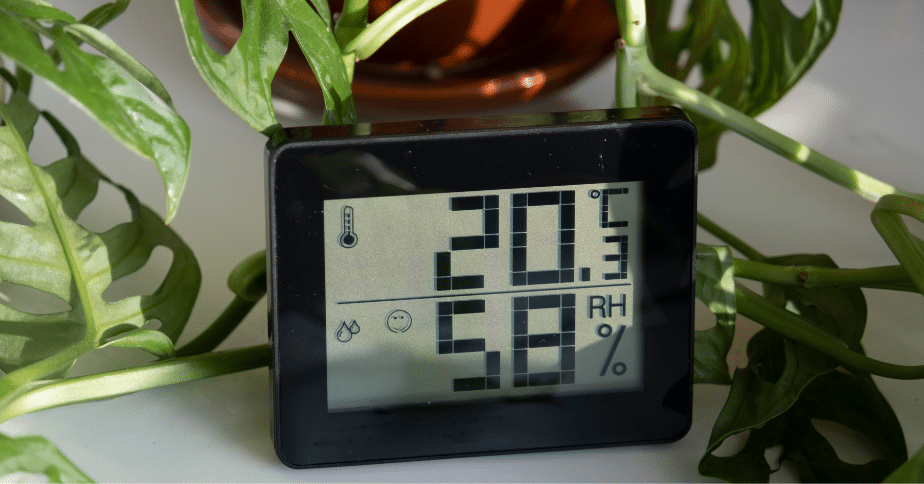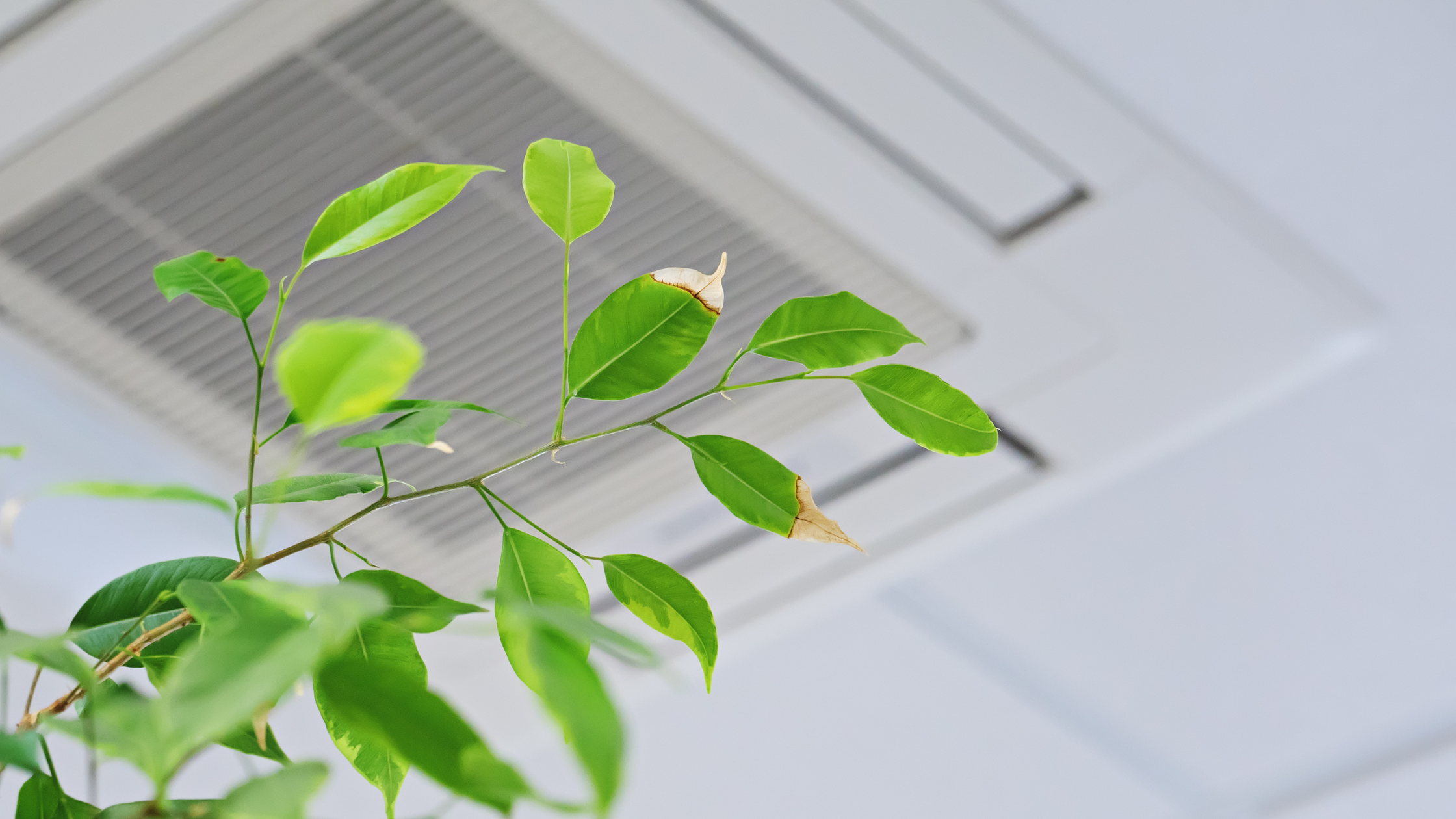How To: Get Rid of Mold On Your Bathroom Ceiling

Mold can be a horrible sight on a bathroom ceiling, which explains the panic that can set in if you spot it!
Molds appear when the ceiling is moist, and it is primarily black, but can take on colors of white, green, gray, and some might say purple. It is a common dilemma for bathrooms since they contain a lot of moisture.
To get rid of mold on bathroom ceilings, read more below.
Steps For Getting Rid of Bathroom Ceiling Mold
Confirm if you are really dealing with mold.
There are cases when people mistake mold for smoke, soot, or dark dust. These black specks, also called ghost marks, can often resemble mold.
The mold that is born out of moisture looks like specks of black spray paint being splashed in the ceiling; it is concentrated on the edges.
Mold that is caused by a leak resembles a large spreading stain that can be yellow or brown, circular, and centralized only on one spot.
On the other hand, ghost marks exist in straight lines to match ceiling beams. Roof frames are colder as compared to the rest of the ceiling boards, which is why whenever someone smokes, cooks, or burns logs near the bathroom hearth, smoke and soot particles attach themselves to structural roof frames.
Pinpoint the cause of the mold.
There are two primary triggers for mold to grow on a bathroom ceiling— moist air and flowing liquid.
In a bathroom, mold is typically caused by humidity. The bathroom is often steamy when in use, and if there are multiple household members using the shower or sink, it can become moist for most of the day.
To combat this, ensure good air circulation with an effective and sound HVAC system alongside bathroom fans to keep the bathroom dry.
Alternatively, mold that happens to exist in a bathroom ceiling can also be caused by a leaky pipe.
Analyze how the mold is affecting your ceiling.
If a humid bathroom is the culprit behind the mold, it is easy to check. The moisture comes from underneath the ceiling and had floated. It is unlikely to have additional mold on the roof side of the ceiling, and checking only involves glancing up to see how bad the damage is.
Mold caused by a leak means that the wetness comes from above, which entails far worse mold damage. In this case, accessing the roof or pulling apart ceiling boards will give you an answer to the extent of the mold in the bathroom ceiling. That may not be possible on your own, which is why it is best inspected by professionals.
Verify also if the bathroom ceiling is insulated as it will also affect the remedy.
Check for any leaks and nails.
A leaky roof can be easily identified if there is a yellowish-brown patch on the bathroom ceiling.
If a bathroom roof has nails or rivets, these bits of metal encourage condensation. If this liquid constantly drips on the same spot of the ceiling, it will inevitably cause the ceiling to leak.
A local leak detection professional such as Air Quality Assessors can quickly confirm whether it is a leaking pipe or a dripping metal fastener.
A dripping metal fastener is easier to resolve because you only need to replace the dripping item, in addition to insulating it, to lessen the damage. More importantly, using a moisture meter can detect if the whole ceiling is moist or just has nails.
Use antibacterial soap.
Ceiling mold that is caused by bathroom humidity is easier to get rid of because it’s mainly at the edges and only occupies a small space.
On the other hand, if the mold was triggered by a leak, the damage can be on both sides of the ceiling, meaning there could be more unseen damage where you may have to remove and change all your ceiling panels.
If it is only a mild case of bathroom ceiling mold, using antibacterial soap can be an effective remedy to control the issue. And be sure to clean the area regularly.
Insulate the bathroom ceiling.
Bathroom ceiling mold can also arise due to changes in temperature. The cooler parts of the ceiling attract condensation, especially metal fasteners, ceiling beams, crown molding, and edge trim.
Using insulation layers will make the ceiling surface warmer and lessen the surface area to have condensation, decreasing mold formation.
Introducing natural light by enlarging bathroom windows or setting up skylights can also help as mold prefers dark and dank spaces.
Install a bathroom fan.
There is mold on bathroom ceilings that arises because of typical bathroom humidity. By mounting a bathroom fan, you lessen the chances of mold forming.
Keep in mind that the fan should have a timer to avoid risking a power shortage.
Invest in a dehumidifier.
You can measure how humid your bathroom is by scheduling a moisture evaluation with professionals like AQA. If the bathroom is always wet, investing in a dehumidifier is a great idea. A dehumidifier lowers the moisture content in the bathroom.
To pick the right dehumidifier, ensure that it is made specifically for bathrooms. This means its wiring is concealed and its insides are better sealed to prevent coming in contact with water.
How Can Air Quality Assessors Help?
With the right assessment, you can easily identify the cause of mold and take steps toward mold removal. Sometimes they are straightforward to remove, other times not.
To ensure your bathroom ceiling is completely free from mold, consider engaging with a mold specialist like Air Quality Accessors. AQA can advise you about the safety precautions that should be taken during the mold removal process, as well as help you understand each step involved in the cleanup process.



